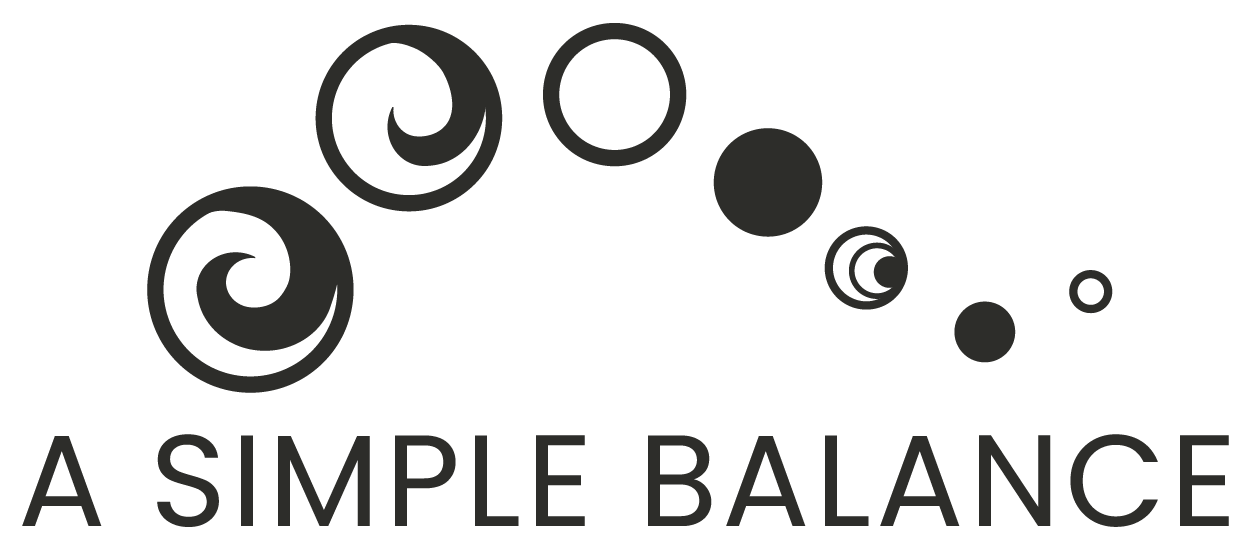Tensegrity Medicine™️ Integration
Care after your session is as important as your session. It allows the body-mind to accept the new information, experiment with the new space it has created in your system and find a simple balance. The hope is that you can maintain the changes longer.
When you receive bodywork, the restricted areas that relax during a session are asking your body for more fluid and blood flow. This calls for hydration and gentle movement, which helps to flush out the toxins that have built up, aid with glide between tissues, and support lymphatic flow.
The following are suggestions and should not be used as a substitute for medical advice or other professional advice.
Signs of dehydration are:
Feeling thirsty
Dry mouth, lips or tongue
Feeling dizzy or lightheaded
Feeling tired
Urinating less than usual or darker urine
Movement
As for movement, gently follow you body’s intuition for your new range of motion (ROM) after your session. This will help your body to keep more of the range longer and begin the process of adding it to your new normal.
The body lays down more connective tissue to support postures we are in for a long time. If you are sitting, try standing or moving every 20 minutes to encourage a variety of postures.
Breath
Notice when you are holding your breath. What do you need? Be curious and compassionate toward yourself. Your body is telling you something and it’s a powerful cue toward awareness.
Rest
Rest is helpful for changes to the system. On the day of a session, take it easy, yet move. Try not to sit or stand in the same position for too long. Find positions of ease, and the boundary of where a gentle stretch begins—show your brain your new normal.
Tuck, Tilt, Twirl
Anytime you notice pain in your body and that you are putting your weight on one leg, “Tuck, Tilt, Twirl” can be a helpful practice. Stand with your feet hip-width apart and your hands on your hips, knees slightly bent. Tuck your pelvis forward and tip it back gently a few times, then tilt your pelvis from side to side, raising one hip and then the other. Finally, roll your hips around in a figure 8 motion, both directions. If you experience pain, slow down and be gentle, this is a brain-body awareness movement not an exercise.
